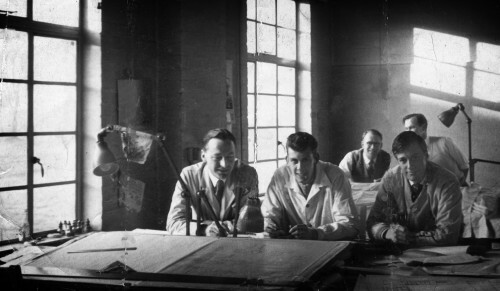Summarising Wikipedia: The Office of Works (the King's Works) was responsible only for royal properties (1378–1832). This became the Office of Woods, Forest, Land Revenues and Works (1832–1852). The Office of Works was founded in 1851 and became the Ministry of Works in 1940. This became the Ministry of Works & Planning (1942–43); the Ministry of Housing and Local Government (MHLG) 1951–62; the Ministry of Public Buildings and Works (1962–70) before being subsumed in the Department of the Environment in 1970 and English Heritage in 1984.
Architects of Greater Manchester has an entry for this organisation specifying that the architects department was formed in 1832 and dissolved in 1940.
Scottish Architects describes it as an Architectural practice, later known as Ministry of Works (from 1943), Ministry of Public Building and Works (from1962), absorbed into the Department of the Environment in 1970, although most Works functions were transferred to the Property Services Agency (PSA), which was created as an autonomous agency in 1972.
Offices in Edinburgh, London, Bristol and Manchester.
There is an associated WW1 war memorial in the Parkside entrance of HM Treasury building, Parliament Street.









Comments are provided by Facebook, please ensure you are signed in here to see them